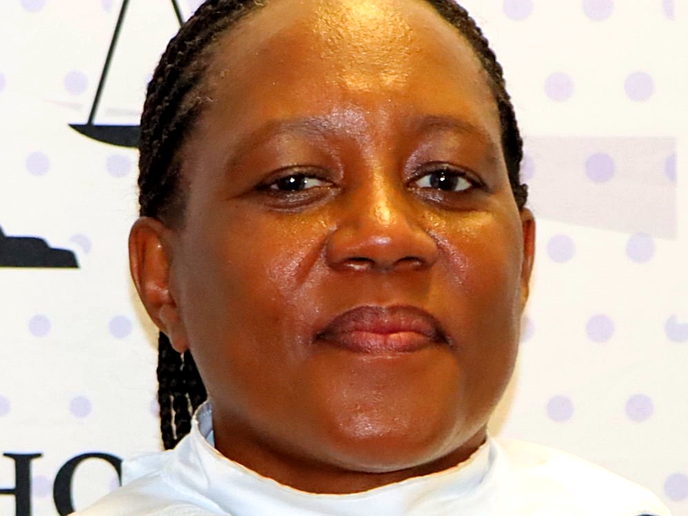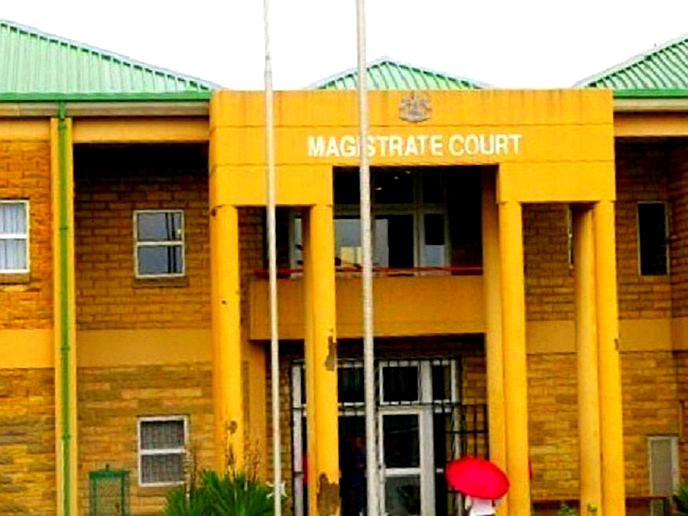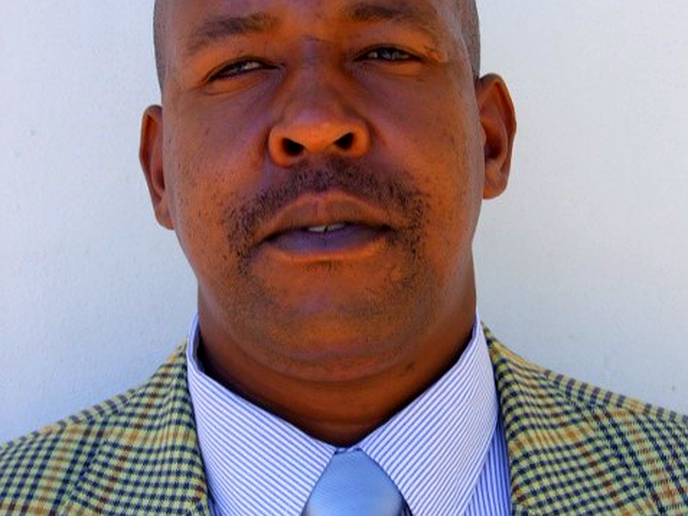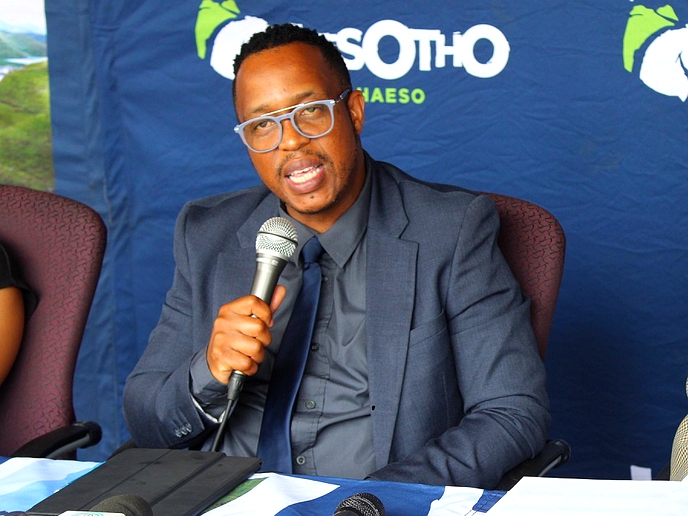AN estimated 320 000 people representing 22% of the population in rural parts of Lesotho will face acute food insecurity by March.
news
Jan. 13, 2023
LENA
2 min read
Over 300 000 Basotho face acute food insecurity
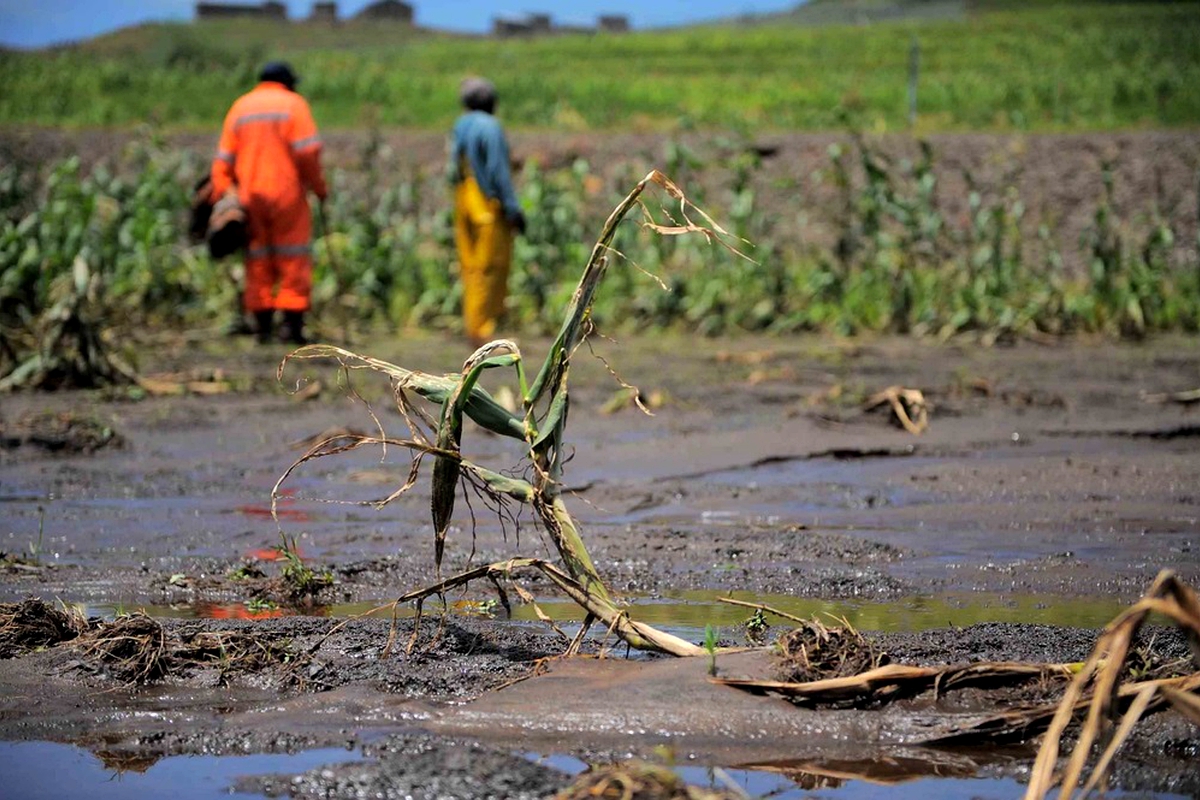
Heavy rains destroyed crops in most parts of Lesotho
Story highlights
According to the Integrated Food Security Phase Classification (IPC), targeted programmes are required to lift people out of poverty, so that Sustainable Development Goal (SDG) One can become a reality.
SDG one calls for an end to poverty in all its manifestations by 2030.
It also aims to ensure social protection for the poor and vulnerable, as well as increase access to basic services and support people harmed by climate-related extreme events and other economic, social, and environmental shocks and disasters.
IPC states that eight of the analysed districts are projected to be in IPC Phase 3 (Crisis), which means they face acute food insecurity.
It adds that at a country level and with regard to the weather condition itself, seasonal rainfall came with no delay.
However, it highlights that throughout the rainy season, most areas experienced excessive amounts of rain, which destroyed some crops and caused waterlogging in most parts of the country.
It, therefore, notes that as a result, Lesotho registered low crop production compared to the previous year and the most recent five-year average.
According to the results of an IPC Acute Food Insecurity analysis, an estimated 229 000 people representing 15% of the population in rural areas of Lesotho were classified in IPC Phase 3 (Crisis) from July to September 2022 and required urgent action to reduce food gaps, protect and restore livelihoods and prevent acute malnutrition.
Six out of 10 analysed districts of the country have been classified in IPC Phase 2 (Stressed) while four districts are classified in IPC Phase 3 (Crisis).
IPC is an innovative multi-partner initiative for improving food security and nutrition analysis and decision-making.
Enjoy our daily newsletter from today
Access exclusive newsletters, along with previews of new media releases.
By using the IPC classification and analytical approach, Governments, UN Agencies, NGOs, civil society, and other relevant actors, work together to determine the severity and magnitude of acute and chronic food insecurity, and acute malnutrition situations in a country, according to internationally-recognised scientific standards.
The main goal of the IPC is to provide decision-makers with a rigorous, evidence- and consensus-based analysis of food insecurity and acute malnutrition situations, to inform emergency responses as well as medium- and long-term policy and programming. - LeNA
Tailored for you



